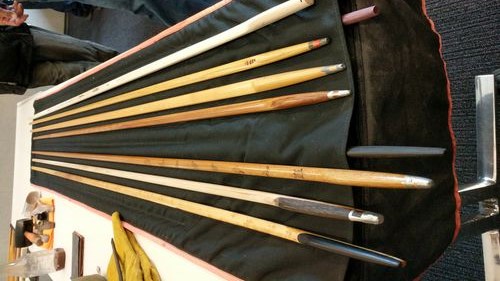When you’re really hungry, you might feel like you can’t possibly wait another second for a bite of food. The Canada lynx is more patient. This medium-sized member of the cat family (which includes lions and tigers) will hide and wait for hours for its prey, the snowshoe hare, to come along. Then it pounces!
The Canada lynx looks a lot like its relative, the bobcat. It can grow to about two feet tall, and males can weigh up to about 30 pounds. That’s about three times the weight of the average domestic house cat. You’ll recognize the lynx when you see one, because it has long legs, large paws, a short black tail, and very distinct black tufts on its ears. In the winter, the Canada lynx’s fur grows long and thick and turns gray. In summer, its fur is thinner and a light brown color.
The Canada lynx’s large paws spread out slightly when they walk or run, as though they are wearing snowshoes. Having paws like this is important for Canada lynx, because they live mainly in forests in Canada and the northern part of the United States, where the powdery snow can be many feet deep in the winter.
The Canada lynx’s senses of sight and hearing are very sharp. It can see a mouse up to 250 feet away, and the tufts on its ears work as a hearing aid. This makes the lynx an effective predator as it stalks its main source of food, the snowshoe hare. About every 10 years, when the snowshoe hare population becomes smaller, there are fewer Canada lynx as well. The Canada lynx will also eat smaller mammals and birds, but it prefers snowshoe hares. The lynx needs the snowshoe hare in order to survive.
Canada lynx are endangered. Their numbers declined because people trapped them, sometimes for their fur, and the forests where they lived were cut down for timber. To help these cats, conservation groups and other organizations are working to restore their habitats, or the areas where they live and hunt for food. In Northern Idaho, the Yellowstone to Yukon Conservation Initiative and the Idaho Department of Fish and Game are working together to help the lynx. These groups are protecting and restoring lynx habitat in the Kootenai Valley, where other efforts are also taking place.
The Trust for Public Land is purchasing land along the Kootenai watershed to protect habitats. A watershed is a region that drains into a single river after a rain. Watersheds keep that river from going dry, so it can continue to be a source of water for wildlife. The conservationists hope these efforts will ensure habitats for toads, frogs, grizzly bears, wolverines, and of course, the Canada lynx.









